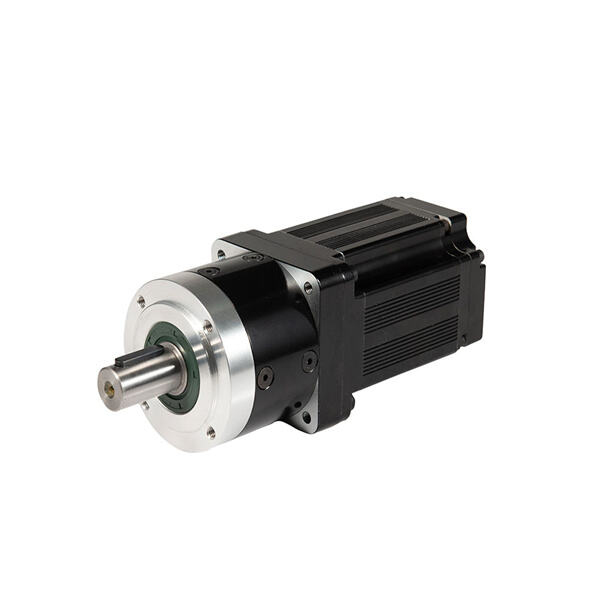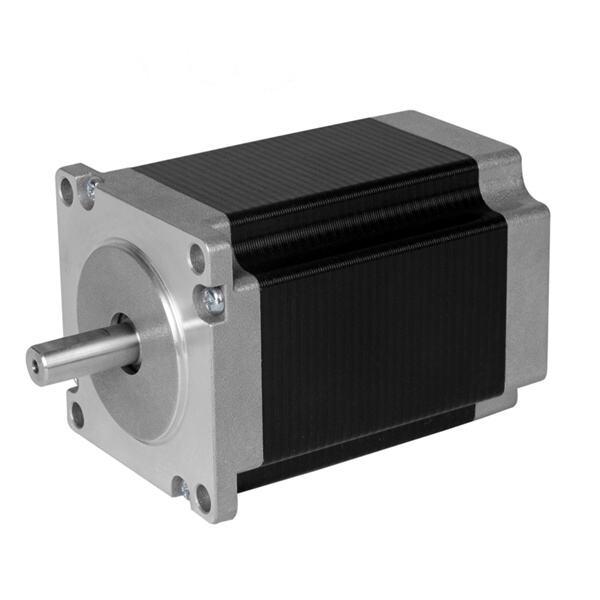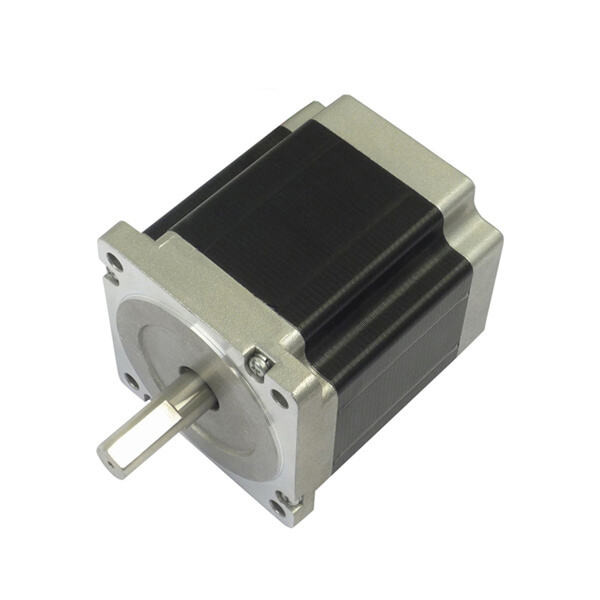The super cool BLDC motor is an electric machine found in numerous recent gizmos. These are unusual motors in that they’re great for various things to help them work well in all sorts of nifty devices. So, let’s find out everything about these amazing BLDC motors and what makes them tick?
For one, BLDC motors have a very high motor efficiency. This allows them to accelerate the pace of things without using more energy and consequently followed by saving of electricity. These motors are also brushless, with no brushes meaning less friction and a longer life. Further, BLDC motors are silent, which have the added benefit of being great for devices that you don’t want making loud noises.
And now, it’s time to learn about how exactly a BLDC motor works. BLDC is an acronym for brushless direct current motor. As opposed to moving electricity with brushes, BLDC motors manipulate electronic components in order to change the direction of the electricity. This allows them to operate smoothly and dependably. They also contain magnets, which help to push the rotor and generate movement. It’s magic, sort of, but it’s also science!

One of the coolest things about BLDC motors is their ability to make things work better. Because there are not brushes, less energy is lost as heat, which makes the motors more efficient. BLDC motors are also highly accurate and can therefore control speed and position effectively. That makes them ideal for electric cars and drones in which precision is key.

Did you know the BLDC motors are used in a wide range of industries? They can be found in household products such as fans and air conditioners, as well as in medical devices and industrial robots. Their reliability and productivity put them at the top of those who wish to make long-lasting high quality products, and they are popular for the unbeatable value they bring.

When selecting a BLDC motor for your application, there are several key factors to consider. One, make sure that the size of motor suits the task. Bigger isn’t always better! Also consider the voltage and speed of your device that the motor should have enough power to operate. Lastly, take into account where you'll be using the motor; certain models perform better in rough environments than others do.